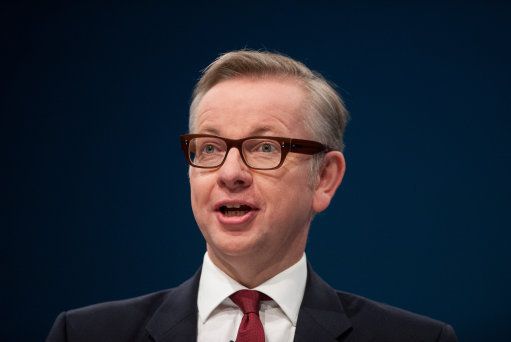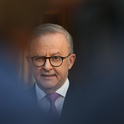When free schools were introduced by the coalition government, then Education Secretary Michael Gove promoted the programme as a way to bring innovation into schools. In 2011, he commented that “innovation, diversity and flexibility are at the heart of the free schools’ policy. We want the dynamism that characterises the best independent schools to help drive up standards in the state sector.” The coalition government argued that innovation and diversity in schools would increase the competition between them, and that this in turn would drive up standards.
Free schools can be set up by groups of parents, charities, universities, religious groups, teachers or businesses. They are all-ability schools, funded by the government, but are not run by local councils and have the same legal status as academies. They also have more flexibility than traditional schools, for instance in the length of their school day and in how much they pay their staff. Unlike local authority schools, they are not required to follow the national curriculum.
A number of innovative schools—those which have a genuinely novel approach to their teaching or curriculum, which is embedded throughout the school—have been set up under the free school policy. For example at the Judith Kerr primary school, a bilingual school, German language and culture is embedded throughout the curriculum, and at the Rural Enterprise Academy, students study subjects like agriculture and animal management alongside academic subjects.
However, the Sutton Trust's latest research found that only one third of free schools show this kind of innovation, and that the majority do not have a novel approach. Rather than producing these sorts of innovative schools, the free school programme has—especially in recent years—instead been a vehicle by which new schools have been opened by academy chains. Almost four in five of the new free schools opened since 2015 have been set up by academies.
Allowing parents to set up their own schools was another much-discussed aspect of the free school policy when it was introduced. While all free schools are required to demonstrate parental interest before they open, only one in five have had parents involved in their inception and instrumental in their set-up. The number of schools with parental involvement was at its height at the start of the programme, with parents involved in the set-up of over 40 per cent of the secondary free schools opened between 2011 and 2013, but this has dropped to less than 20 per cent since 2015.
As for the academic results of free schools, it’s too early to make definitive claims, as schools haven’t been open for long enough to have pupils who have been educated solely by their free school. But at GCSE, pupils at free schools perform slightly better than pupils at other types of school, and disadvantaged pupils in free schools perform the equivalent of a quarter of a grade higher in each subject compared to their peers in other school types. However, while these initial GCSE results are promising, they are still currently based on a relatively small number of pupils.
While their early exam results are promising, especially for their disadvantaged pupils, our research also found that although many free school pupils live in deprived areas, both primary and secondary free schools have slightly lower proportions of disadvantaged pupils than their catchment areas.
Initial signs are that schools set up under the free school programme have performed well, and are increasingly located in areas of need. But many of the original aims of the programme, including increasing innovation and allowing parents to set up their own schools, have not been delivered.
The promised radical shake-up of English schools has not materialised, and there is little evidence of the kind of competition envisaged by Michael Gove. Instead, the logic of competition has been increasingly replaced by a logic of need, and the policy has been serving the valuable, but more orthodox, purpose of facilitating academy trusts to set up schools to address local shortages.
The free schools programme is not serving the purpose for which it was designed
The promised radical shake-up of the school system has not materialised
June 07, 2018

Michael Gove was Education Secretary from 2010 to 2014. Photo: Tim Goode/EMPICS Entertainment











